Home>Furniture>Outdoor Furniture>How Much Does It Cost To Do A Concrete Patio
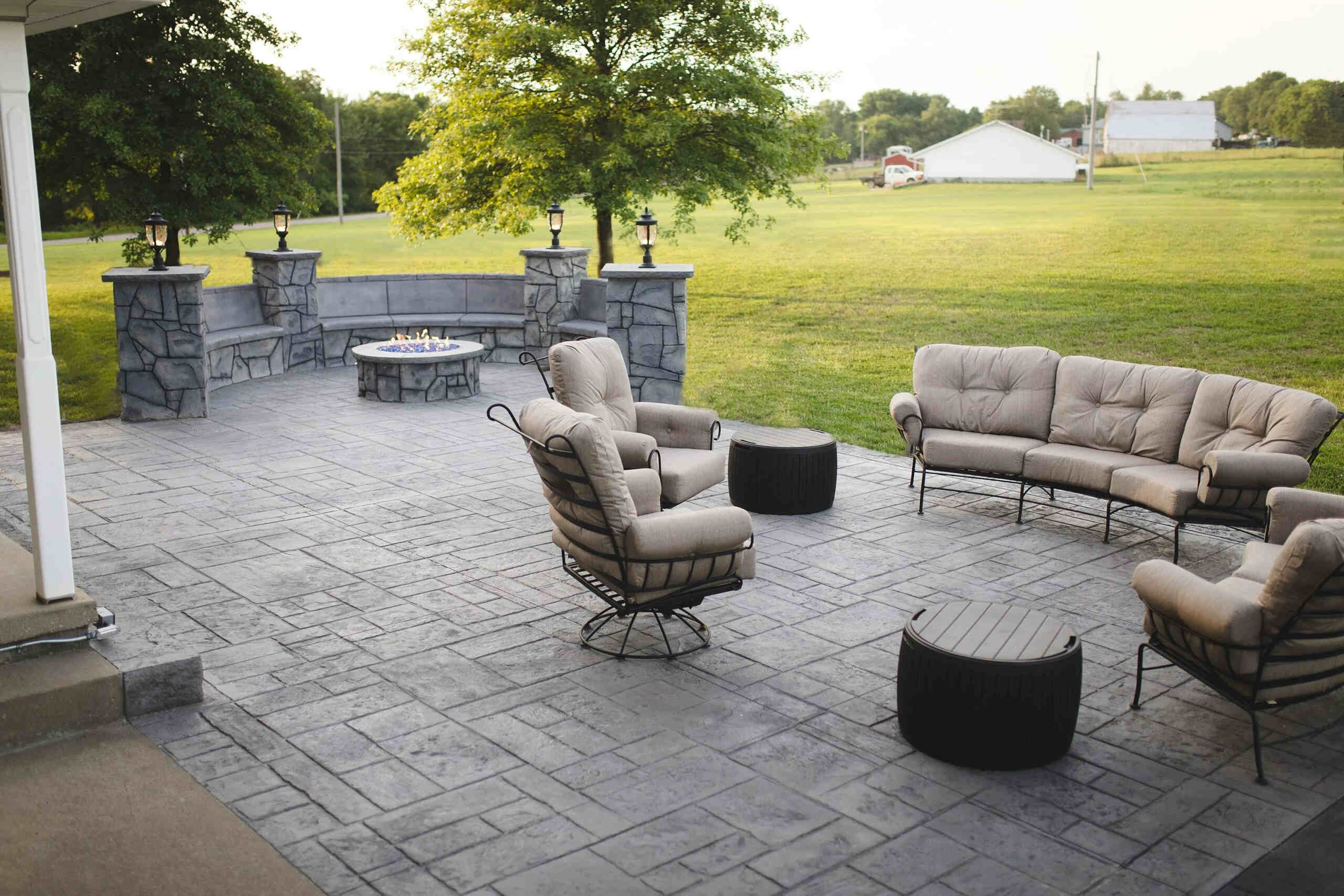

Outdoor Furniture
How Much Does It Cost To Do A Concrete Patio
Modified: September 1, 2024
Find out the cost of installing a concrete patio for your outdoor furniture. Get a quote now and transform your outdoor space.
(Many of the links in this article redirect to a specific reviewed product. Your purchase of these products through affiliate links helps to generate commission for Storables.com, at no extra cost. Learn more)
Introduction
Creating a beautiful outdoor space is a dream for many homeowners. A well-designed patio not only adds value to a property but also provides a perfect spot for relaxation, entertaining, and enjoying the outdoors. When it comes to patio materials, concrete is a popular choice due to its durability, versatility, and affordability. But one burning question on every homeowner’s mind is: how much does it cost to do a concrete patio?
In this comprehensive guide, we will explore the various factors that can affect the cost of a concrete patio. We will delve into the material costs, labor costs, site preparation costs, and additional expenses associated with building a concrete patio. Additionally, we will compare the cost of a concrete patio with other popular patio materials and provide some valuable tips for saving money in the process.
So, if you’re ready to turn your plain backyard into a stunning outdoor oasis, let’s dive into the details and find out how much you can expect to invest in a concrete patio.
Key Takeaways:
- The cost of a concrete patio depends on factors like size, design, and materials. It’s essential to plan wisely, research options, and consider standard concrete to save money without compromising quality.
- By getting multiple quotes, timing the project wisely, and prioritizing functionality over excess, homeowners can create a beautiful and durable concrete patio within their budget.
Factors Affecting the Cost of a Concrete Patio
Before diving into the specifics of the cost, it’s important to understand the factors that can influence the overall price of a concrete patio. By familiarizing yourself with these factors, you can make informed decisions and plan your project accordingly. Here are some key factors to consider:
1. Size and Shape: The size and shape of your patio directly impact the cost. Larger patios will require more materials and labor, leading to higher costs. Similarly, intricate shapes or curves may require additional work and increase the price.
2. Quality of Concrete: The quality of the concrete used for your patio is crucial. Higher-quality concrete, with added strength and durability, may come at a higher cost. Consider the intended use of your patio and the climate in your area to determine the appropriate concrete quality.
3. Design and Finishes: The design elements and finishes you choose can significantly impact the cost. Stamped concrete, for instance, mimics the look of other materials like brick or stone but comes at a higher price due to the extra labor and materials involved.
4. Accessibility and Site Conditions: Factors such as the accessibility of your backyard and the site conditions can affect the cost. If the patio area is difficult to reach or if there are obstacles that need to be removed, it may require additional labor and time.
5. Excavation and Site Preparation: Proper site preparation is essential for a long-lasting patio. Depending on the existing ground conditions, the patio area may require excavation, leveling, and the installation of a stable base. These additional steps will add to the overall cost.
6. Reinforcement and Drainage: Depending on the climate and soil conditions in your area, you may need additional reinforcement such as rebar or wire mesh to prevent cracking and ensure the durability of your patio. Proper drainage solutions may also be necessary, especially in areas prone to heavy rainfall.
7. Contractor Experience and Location: The experience of the contractor and the location of your project can also impact the cost. Labor costs can vary depending on local market rates, and highly skilled contractors may charge a premium for their expertise.
It’s important to note that each project is unique, and the cost will vary depending on these factors. It’s advisable to consult with a professional contractor who can assess your specific requirements and provide an accurate estimate for your concrete patio project.
Material Costs
When it comes to building a concrete patio, understanding the material costs is crucial in budgeting for your project. The main components involved in the material costs include concrete, reinforcement, and any additional finishes or accessories. Let’s break down each of these elements:
1. Concrete: The cost of concrete is determined by several factors, including the type of concrete mix, its strength, and the amount needed for your patio. On average, expect to pay between $3 and $10 per square foot for the concrete itself. Keep in mind that decorative or specialty concrete mixes may cost more.
2. Reinforcement: Depending on the size and design of your patio, reinforcement like rebar or wire mesh may be necessary to provide added strength and prevent cracking. The cost of reinforcement materials can range from $0.10 to $0.50 per square foot.
3. Finishes and Accessories: If you’re looking to enhance the aesthetics of your patio, you may consider adding decorative finishes or accessories. Stamped concrete, which replicates the look of other materials like brick or stone, can range from $8 to $18 per square foot, including labor. Other decorative options, such as colored concrete or exposed aggregate, may also increase the cost.
4. Sealing and Coating: To protect your patio from damage and enhance its longevity, applying a sealer or coating is essential. The cost of sealer or coating products can vary depending on the brand and quality, ranging from $20 to $50 per gallon. The amount needed will depend on the size of your patio.
5. Miscellaneous Materials: Don’t overlook the small but necessary materials such as concrete mixers, forms, stakes, and other tools required for the project. These costs may seem insignificant individually, but they can add up. It’s important to factor in these miscellaneous materials when planning your budget.
It’s worth noting that these cost estimates are rough averages and can vary depending on your location, the specific materials chosen, and the complexity of your patio design. To get an accurate idea of material costs, consult with local suppliers and contractors who can provide detailed quotes based on your project’s specifications.
In the next section, we’ll delve into the labor costs involved in constructing a concrete patio.
Labor Costs
While material costs make up a significant portion of your concrete patio budget, you must also consider the labor costs involved in its construction. Labor costs can vary depending on factors such as the region, contractor experience, project complexity, and specific requirements. Here’s what you need to know about labor costs for a concrete patio:
1. Preparation and Excavation: Proper site preparation is crucial for the longevity of your patio. This includes excavation, leveling, and the installation of a stable base. The labor costs for site preparation can range from $2 to $5 per square foot, depending on the complexity and size of the project.
2. Concrete Pouring and Finishing: The labor involved in pouring and finishing the concrete will depend on the size and design of your patio. On average, expect labor costs of around $4 to $8 per square foot. This includes the pouring of the concrete, spreading, leveling, and finishing techniques such as smoothing, stamping, or adding color.
3. Reinforcement and Drainage: If your patio requires reinforcement with rebar or wire mesh, the labor costs will increase accordingly. Additionally, if your patio requires proper drainage systems, such as installing drains or grading the area, the labor costs will also be higher due to the additional work involved.
4. Cleanup and Disposal: Once the construction is complete, there will be a need for cleanup and proper disposal of any waste materials. While these costs are generally included in the overall labor costs, it’s important to ensure that the cleanup is accounted for in the contractor’s estimate.
It’s important to note that labor costs may vary significantly depending on factors such as geographical location and the contractor’s expertise. It’s advisable to obtain multiple quotes from reputable contractors in your area. While it may be tempting to choose a contractor solely based on price, be sure to consider their experience, reputation, and portfolio of past projects.
By factoring in both material and labor costs, you can develop a more accurate budget for your concrete patio project. In the next section, we’ll discuss the site preparation costs involved in the construction of a concrete patio.
Site Preparation Costs
Proper site preparation is essential for a successful concrete patio installation. It ensures a stable and level surface for the patio and helps prevent issues like cracking, shifting, or drainage problems. Site preparation costs involve various factors that need to be taken into account. Let’s explore these costs in detail:
1. Excavation: Depending on the existing terrain and the desired height of the patio, excavation may be required. This involves removing the top layer of soil and any vegetation to create a level surface. The cost of excavation can range from $1 to $3 per square foot, depending on the complexity and difficulty of the excavation.
2. Grading and Leveling: After excavation, the site needs to be properly graded and leveled to ensure proper drainage and prevent water pooling. Grading costs can range from $1 to $3 per square foot, and additional equipment like bulldozers or bobcats may be required, which could incur additional charges.
3. Base Material: A stable base material, such as crushed stone or gravel, is essential for supporting the concrete patio. The cost of the base material can vary depending on the type and quality. On average, expect to budget around $1 to $2 per square foot for base material.
4. Compaction: Once the base material is in place, it needs to be properly compacted to ensure stability. Compaction equipment may be required, and the cost can range from $0.50 to $1 per square foot.
5. Drainage Solutions: Proper drainage is crucial for a long-lasting patio. Depending on the site conditions and local regulations, additional drainage solutions such as installing drains, grading the area, or adding drains to redirect water may be necessary. The cost of these drainage solutions will depend on the complexity of the system and can range from $1 to $3 per square foot.
It’s important to note that site preparation costs will vary depending on the size and complexity of your patio, the existing conditions of your site, and local labor and material prices. To get an accurate estimate, consult with professional contractors who can assess your specific project requirements and provide detailed cost breakdowns.
By properly budgeting for site preparation costs, you can ensure a solid foundation for your concrete patio and avoid potential issues in the future. In the next section, we’ll discuss additional costs that may come up during the construction of a concrete patio.
When budgeting for a concrete patio, consider factors like size, materials, labor, and any additional features like staining or stamping. Get multiple quotes to compare costs and choose a reputable contractor for the best value.
Read more: How Much Does It Cost To Do A Patio
Additional Costs
When planning for a concrete patio, it’s important to consider additional costs that may arise during the construction process. These costs can vary depending on factors such as your location, specific project requirements, and personal preferences. Here are some common additional costs to keep in mind:
1. Permits and Inspection Fees: Before starting any construction project, you may need to obtain permits from your local municipality. Permit costs vary depending on the location and the scope of the project. Additionally, some jurisdictions require inspections during the construction process, which may involve inspection fees.
2. Demolition and Removal: If you have an existing patio or structures that need to be removed before constructing your new concrete patio, demolition and removal costs should be considered. The cost will depend on the size and complexity of the demolition, as well as disposal fees for debris.
3. Landscaping and Hardscaping: Once your concrete patio is complete, you may want to consider landscaping or hardscaping around it. This could involve planting new foliage, installing lighting, adding decorative features, or building additional structures like pergolas or fire pits. The cost will vary widely based on your specific plans and preferences.
4. Maintenance and Repairs: While a well-constructed concrete patio is durable, it may require occasional maintenance or repairs over time. Consider costs for sealing, cleaning, and potential repairs, such as crack filling or surface refinishing, as part of your long-term patio budget.
5. Accessories and Furniture: To complete your outdoor space, you may want to invest in accessories and furniture such as outdoor seating, dining sets, umbrellas, or outdoor kitchen appliances. These costs can vary depending on your style preferences and the quality of the items you choose.
It’s important to budget for these additional costs alongside the main construction expenses to avoid any surprises or financial strain. Consulting with a professional contractor who can provide guidance on potential additional costs based on your project specifications is recommended.
By factoring in these additional costs, you can ensure that you have a comprehensive budget that covers all aspects of your concrete patio project. In the next section, we will compare the cost of a concrete patio with other popular patio materials.
Cost Comparison with Other Patio Materials
When considering patio materials, it’s important to compare the cost of a concrete patio with other popular options. While concrete is known for its durability and versatility, it’s beneficial to explore alternative materials to ensure you make the best choice for your budget and needs. Let’s compare the cost of a concrete patio with some other common patio materials:
1. Brick: Brick is a classic and timeless patio material. It can add an elegant and traditional look to your outdoor space. The cost of a brick patio typically ranges from $10 to $30 per square foot, depending on the quality of the bricks and the complexity of the design. Keep in mind that labor costs for brick patio installation can be higher due to the skill and time required for precise laying.
2. Flagstone: Flagstone is a natural stone material that offers a rustic and natural appearance. It is available in various shapes and sizes, providing a unique aesthetic appeal. The cost of a flagstone patio can range from $15 to $30 per square foot, depending on the type of flagstone and the complexity of the design. Similar to brick, labor costs may be higher due to the intricacies of stone placement.
3. Pavers: Concrete pavers are a popular and cost-effective alternative to a concrete patio. They come in various shapes, colors, and styles, allowing for creative design possibilities. The cost of a paver patio can range from $10 to $25 per square foot, depending on the type and quality of the pavers. Installation costs for pavers are comparable to those of concrete due to similar techniques required.
4. Wood Deck: A wood deck offers a warm and inviting atmosphere in outdoor spaces. The cost of a wood deck can range from $15 to $35 per square foot, depending on the type of wood used and any additional features or finishes. Keep in mind that wood decks require more maintenance and may need periodic refinishing or sealing, which can add to the long-term cost.
It’s essential to consider not only the initial cost but also factors such as durability, maintenance requirements, and the overall aesthetic appeal when comparing patio materials. Concrete is often favored for its lower initial cost, ease of maintenance, and long-term durability. However, personal preference, architectural style, and the desired look and feel of your outdoor space should also be taken into account.
Regardless of the material you choose, proper installation by a skilled professional is vital to ensure the longevity and functionality of your patio. Be sure to consult with contractors experienced in the specific patio material you are considering to get accurate cost estimates and guidance.
In the next section, we will provide some valuable tips for saving money on your concrete patio project.
Tips for Saving Money on a Concrete Patio
While a concrete patio offers many benefits, it’s understandable that homeowners want to find ways to save money on their project. By implementing some smart strategies, you can reduce costs without compromising on quality. Here are some valuable tips for saving money on your concrete patio project:
1. Plan and Research: Take the time to plan out your project thoroughly and research different options. Understand the size and design requirements of your patio, as well as the materials and finishes you want. Having a clear plan in place will help you make informed decisions and avoid unnecessary expenses or changes along the way.
2. Choose a Simple Design: Complex designs with intricate patterns or curves can increase labor and material costs. Opt for a straightforward and minimalist design that still meets your aesthetic preferences. Keep in mind that decorative finishes like stamping or coloring can add to the overall cost, so consider whether they are truly necessary for your vision.
3. DIY vs. Hiring Professionals: Consider your skill level and the complexity of the project when deciding whether to hire professionals or tackle it as a DIY project. While hiring professionals ensures quality workmanship, a well-executed DIY project can save you significant labor costs. Just be sure to assess your abilities honestly and seek guidance or assistance from professionals if needed.
4. Get Multiple Quotes: Reach out to several reputable contractors in your area and obtain multiple quotes for comparison. This will give you a better understanding of the average cost for your project and allow you to negotiate or choose the most reasonable offer. Be cautious of contractors offering significantly lower prices, as they may compromise on quality or use subpar materials.
5. Time your Project Wisely: Construction costs and availability of contractors can vary seasonally. Consider scheduling your project during the off-peak season when prices may be more competitive. Additionally, try to avoid starting the project during periods of high demand or extreme weather conditions, as this may lead to increased costs or delays.
6. Consider Standard Concrete: While decorative options like stamped or colored concrete can enhance the visual appeal, they come with additional costs. If budget is a primary concern, opting for standard concrete without decorative finishes can be a cost-effective choice. You can still enhance the look with landscaping or other accessories.
7. Avoid Overbuilding: Consider the intended use of your patio and its proportional size to avoid unnecessary costs. Building an oversized patio may result in wasted space and increased material and labor expenses. Be mindful of your needs and prioritize functionality over excess square footage.
By following these tips, you can minimize costs while still achieving a fantastic concrete patio that meets your needs and exceeds your expectations. Remember to focus on value rather than solely the lowest price, as quality and durability are crucial for long-term satisfaction.
In the final section, we will conclude our comprehensive guide to the cost of a concrete patio.
Conclusion
Creating a concrete patio is an excellent investment that adds value to your home and provides a perfect outdoor space for relaxation and entertainment. While the cost of a concrete patio can vary depending on factors such as size, design, materials, and labor, careful planning and decision-making can help you stay within your budget.
By considering the various factors that affect the cost, such as material costs, labor costs, site preparation costs, and additional expenses, you can develop a comprehensive budget for your project. Be sure to obtain multiple quotes from reputable contractors, consider the long-term maintenance requirements, and compare the cost of a concrete patio with other popular patio materials to make an informed decision.
Additionally, implementing smart strategies like choosing a simple design, timing your project wisely, and considering standard concrete without decorative finishes can help you save money. Remember to prioritize quality and value over the lowest price, as a well-constructed and durable patio will provide years of enjoyment.
Consulting with professional contractors and suppliers, doing thorough research, and seeking advice from experienced individuals can further guide you in making the right choices for your concrete patio project.
So, whether you’re looking to transform your backyard into an outdoor oasis or create a functional space for entertaining, a concrete patio can be a cost-effective and stylish solution. With proper planning, budgeting, and execution, you can have a beautiful and durable patio that enhances your outdoor living experience for years to come.
Frequently Asked Questions about How Much Does It Cost To Do A Concrete Patio
Was this page helpful?
At Storables.com, we guarantee accurate and reliable information. Our content, validated by Expert Board Contributors, is crafted following stringent Editorial Policies. We're committed to providing you with well-researched, expert-backed insights for all your informational needs.
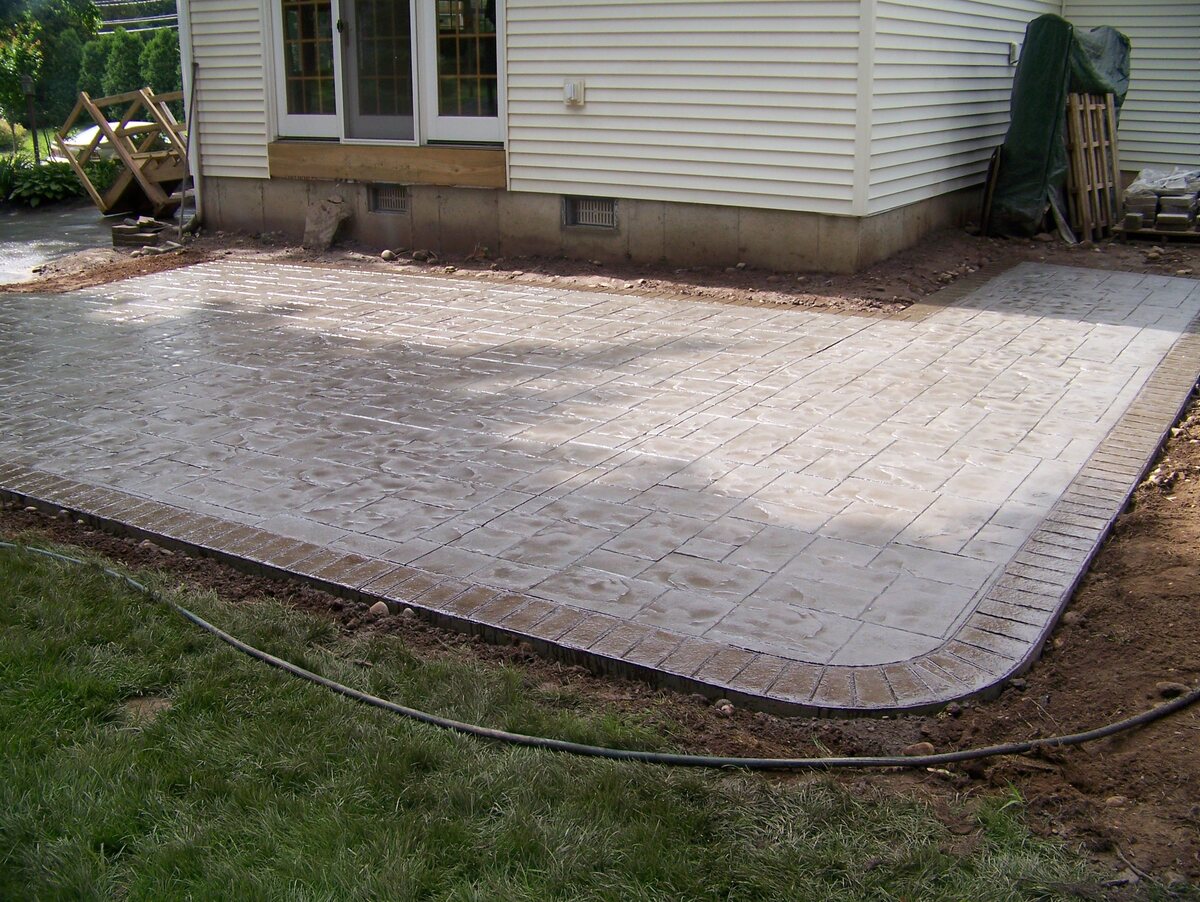
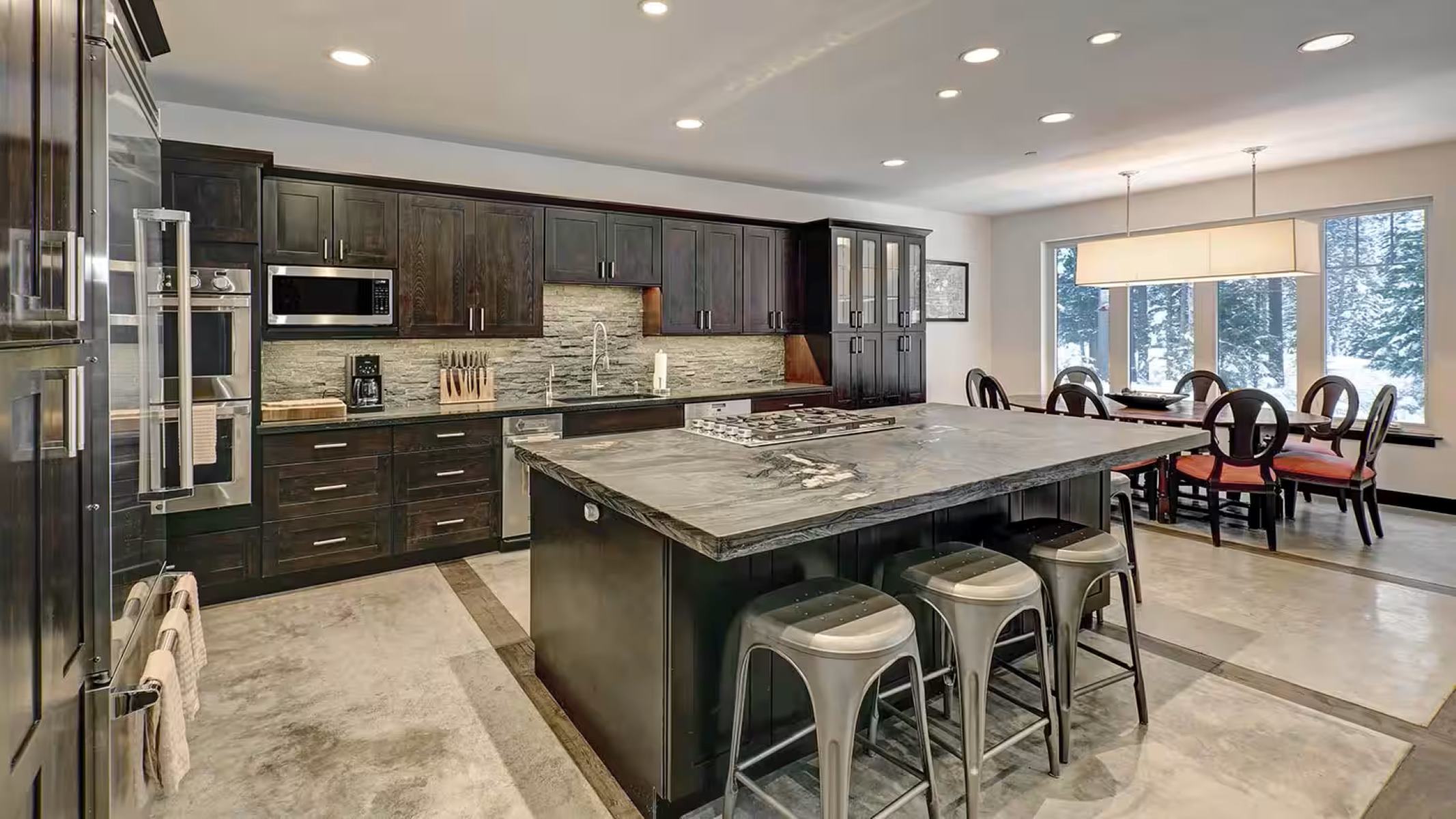

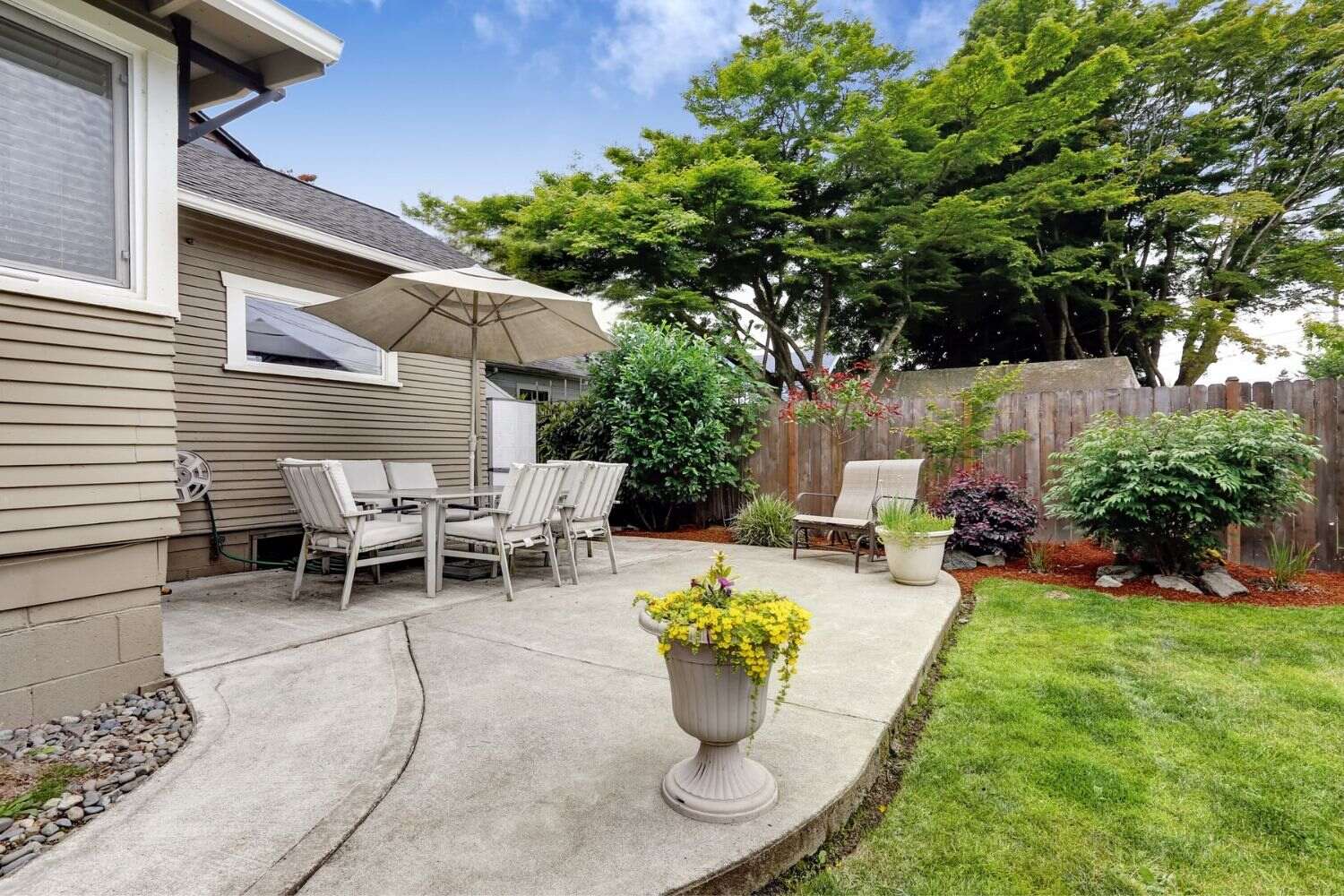
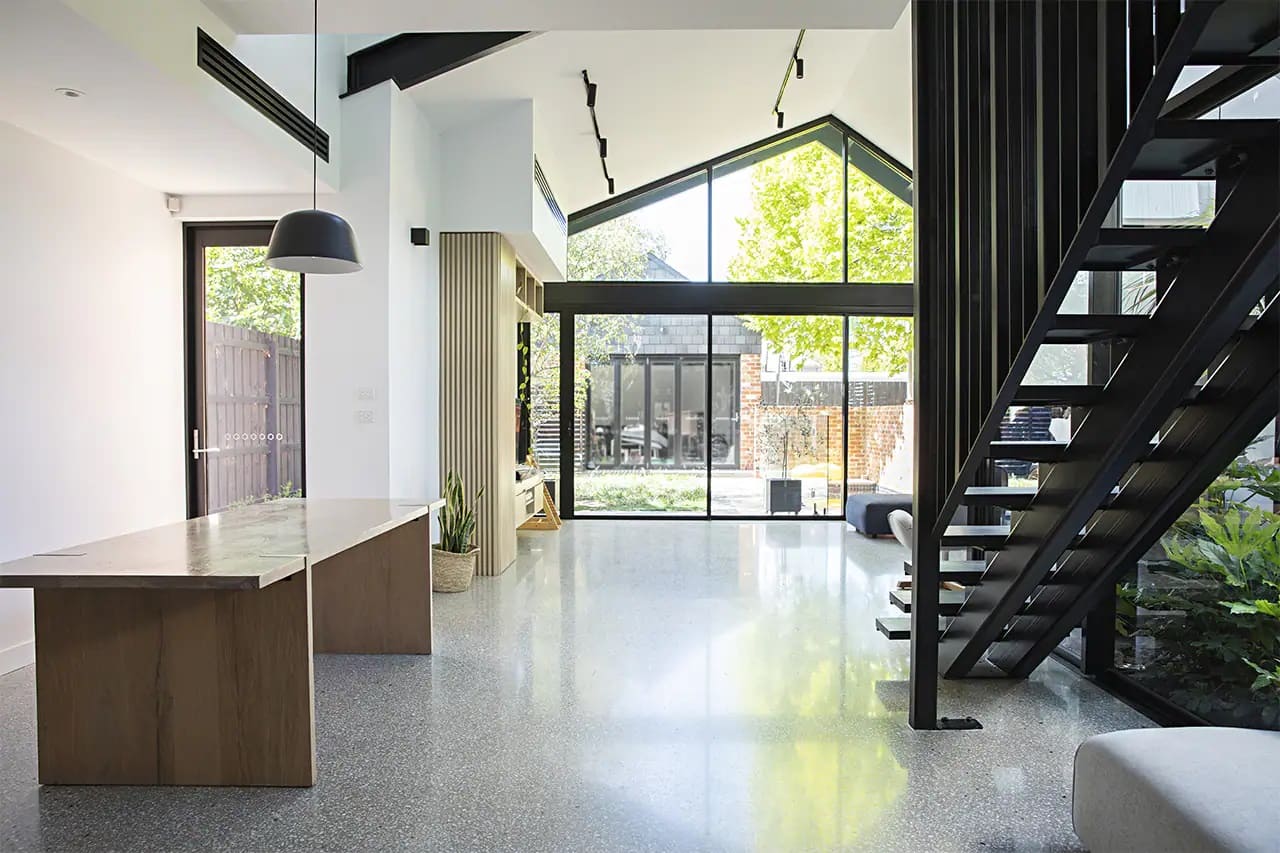
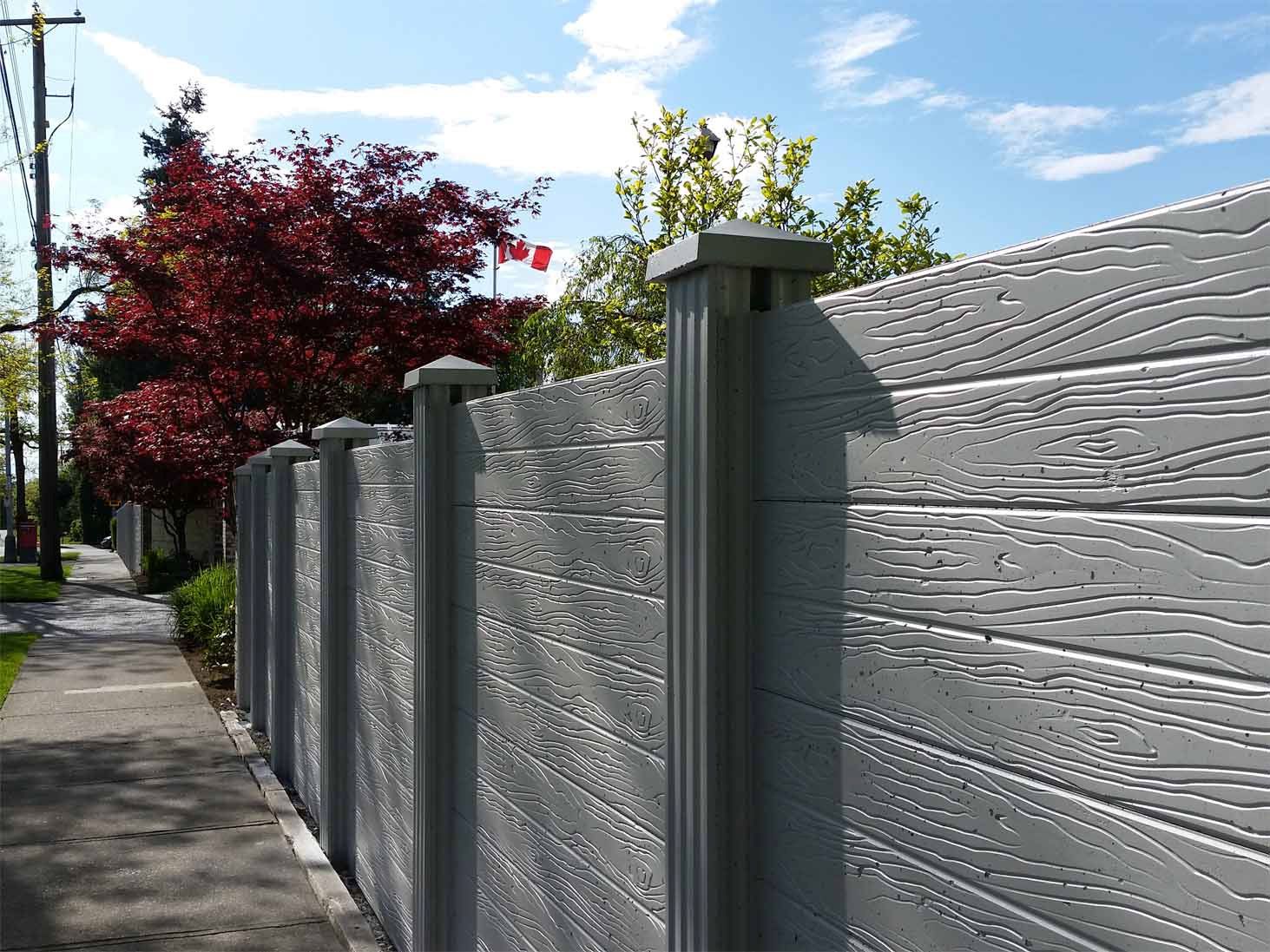
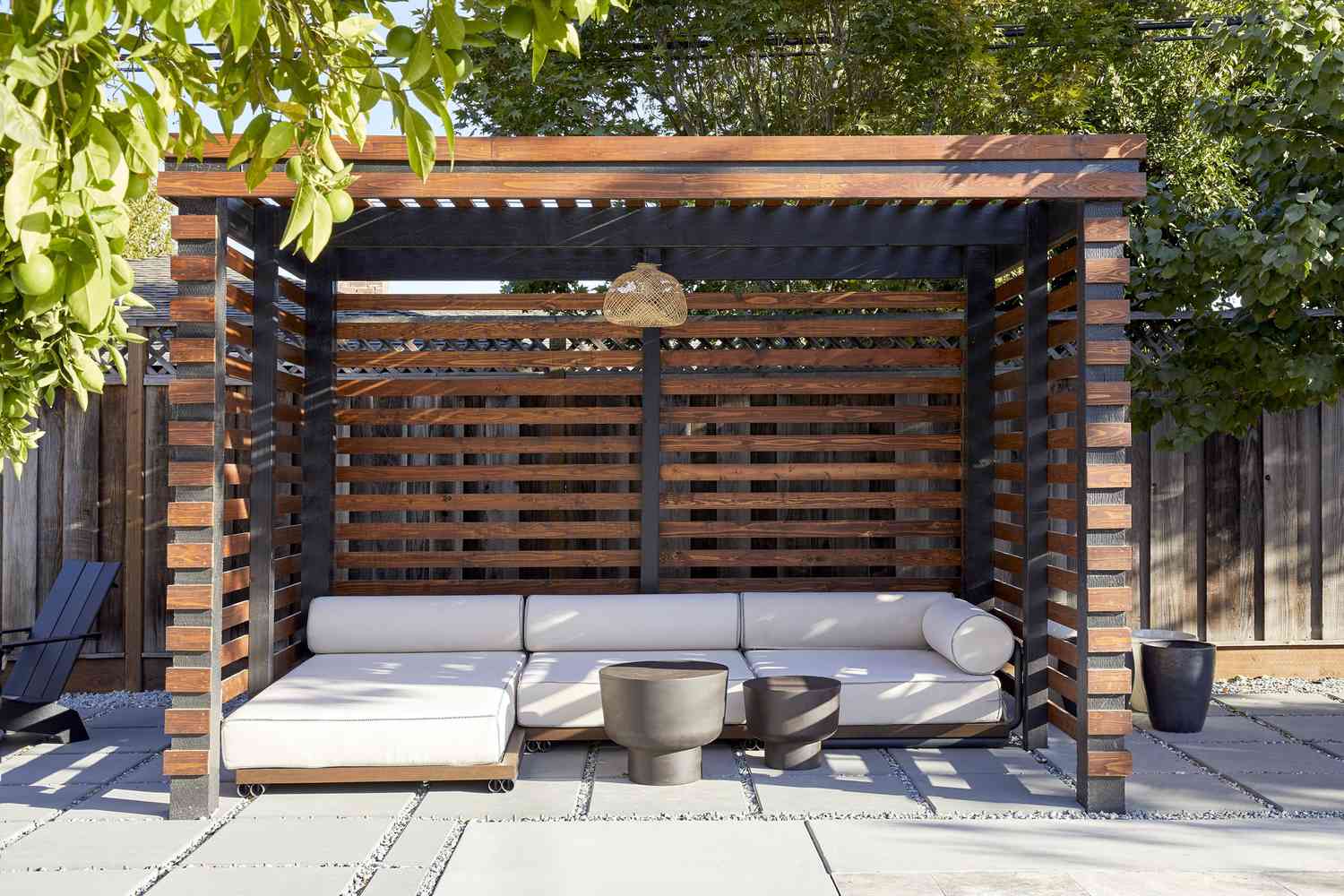

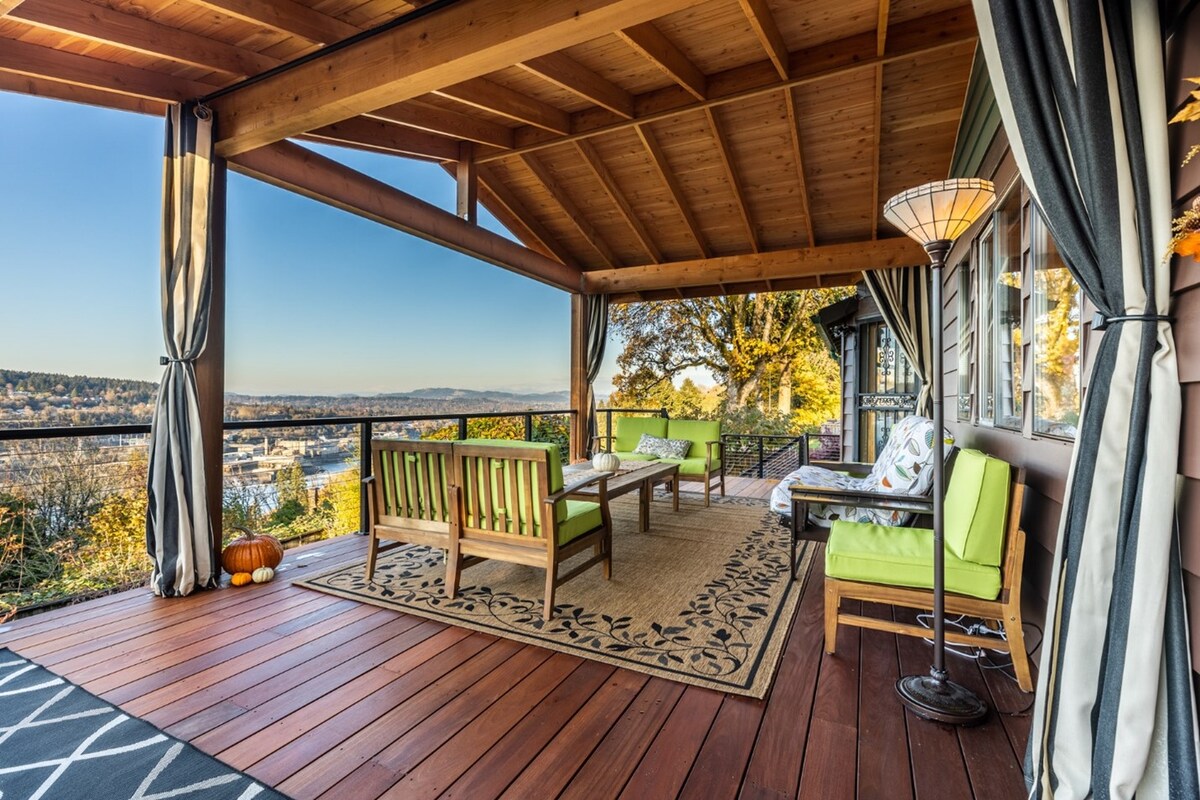
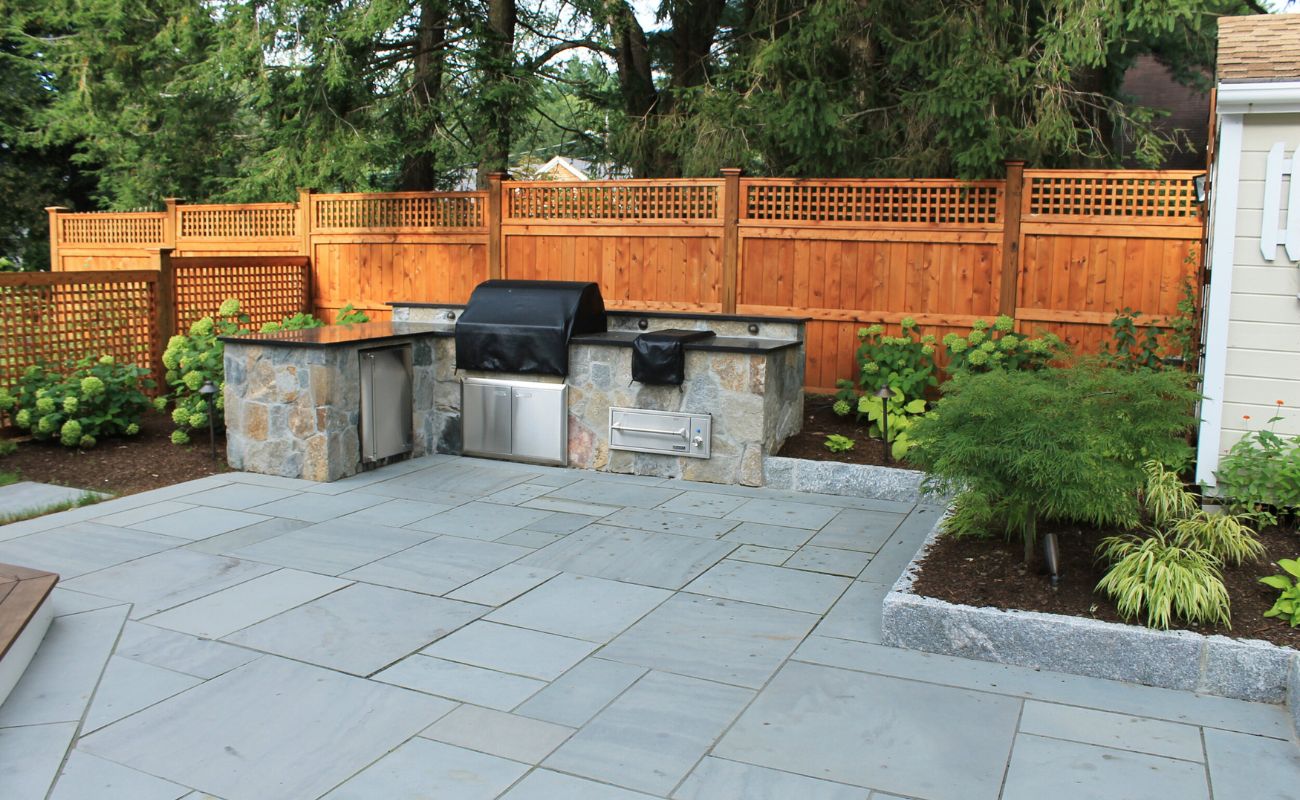
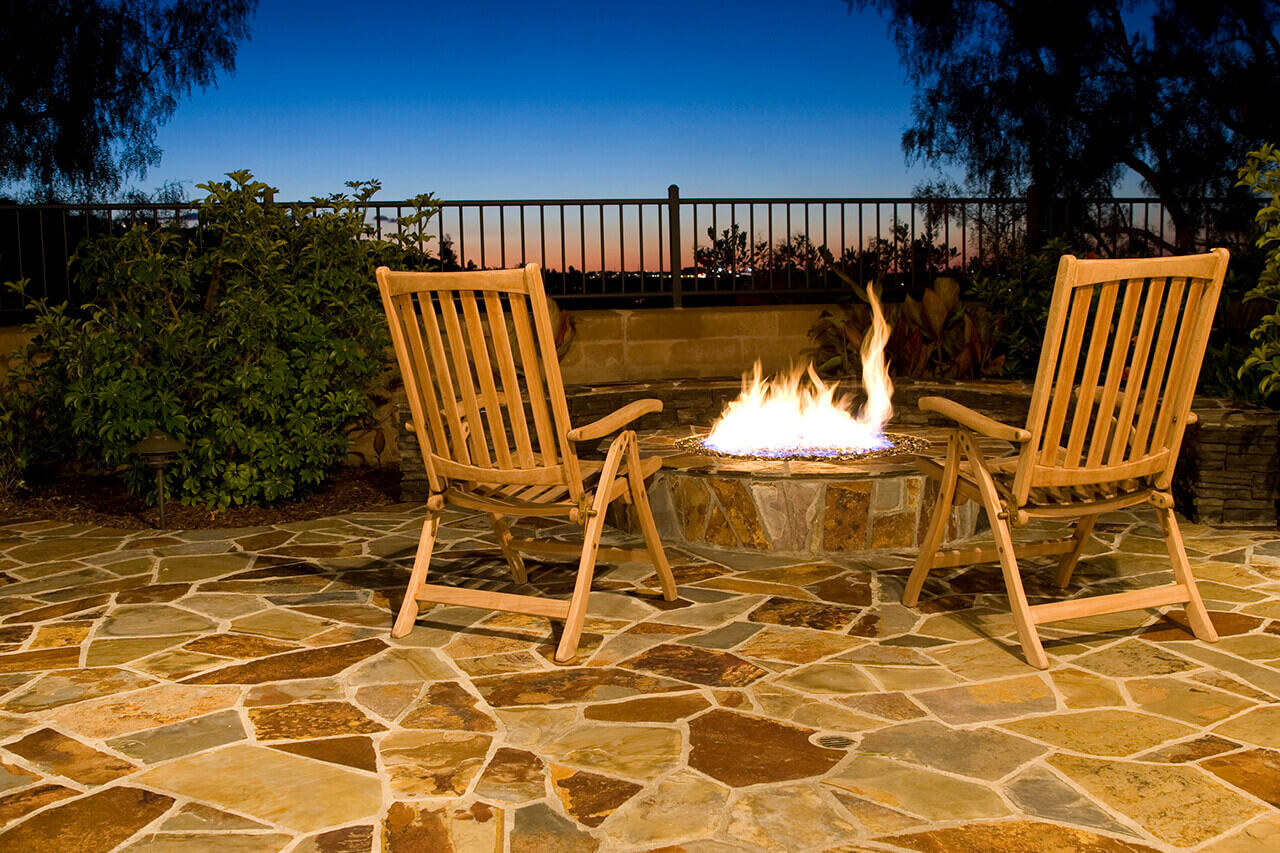
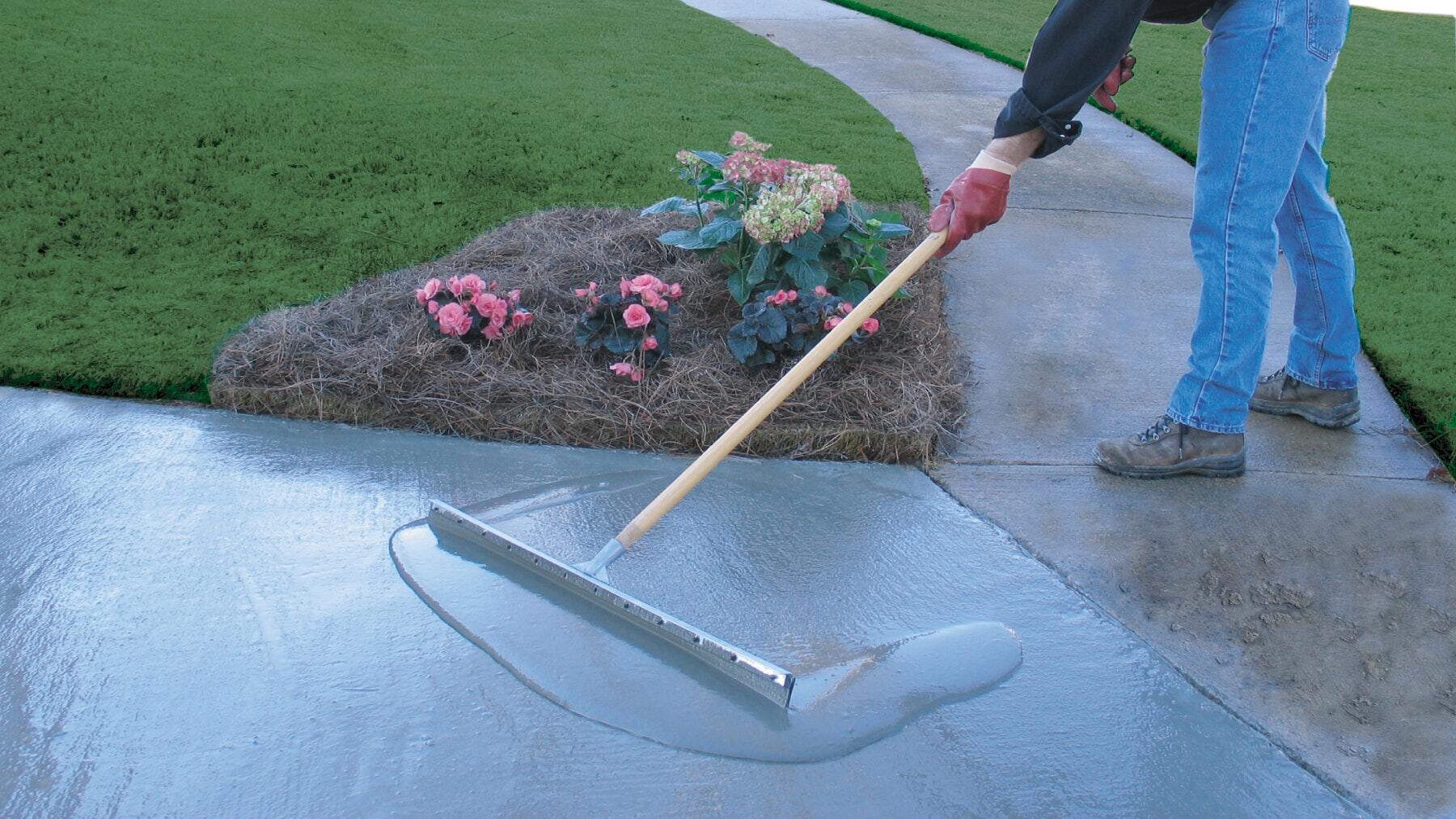
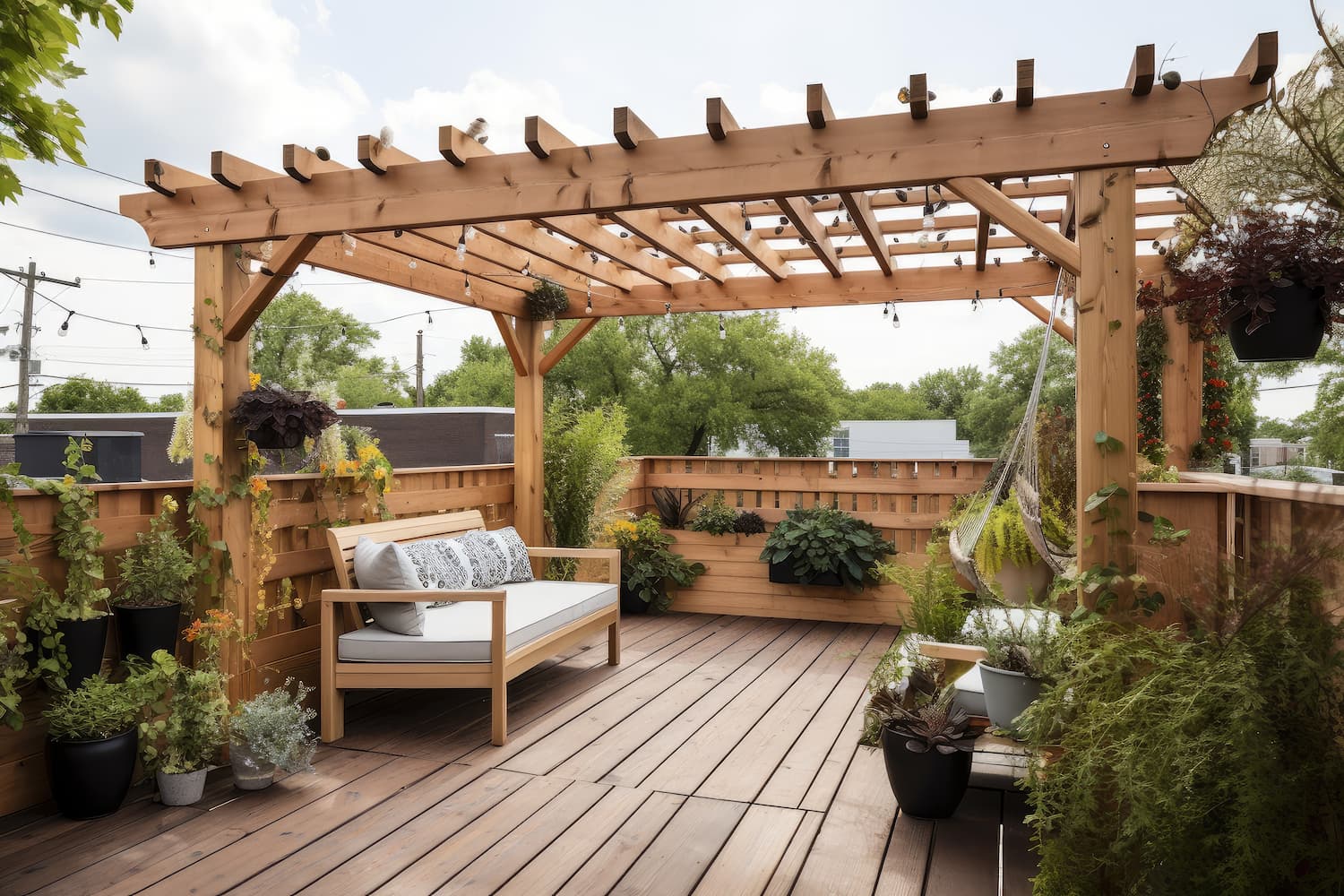
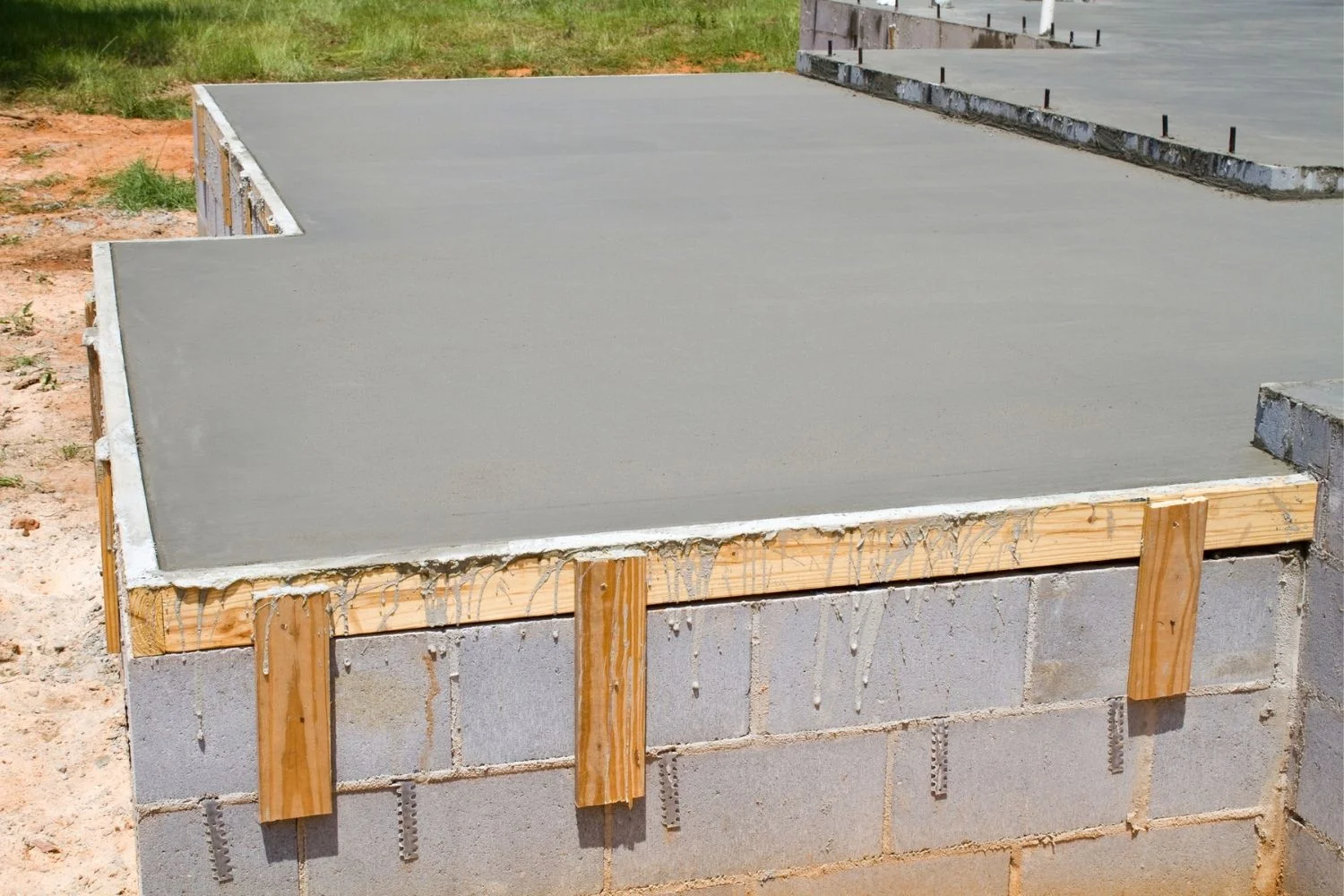

0 thoughts on “How Much Does It Cost To Do A Concrete Patio”